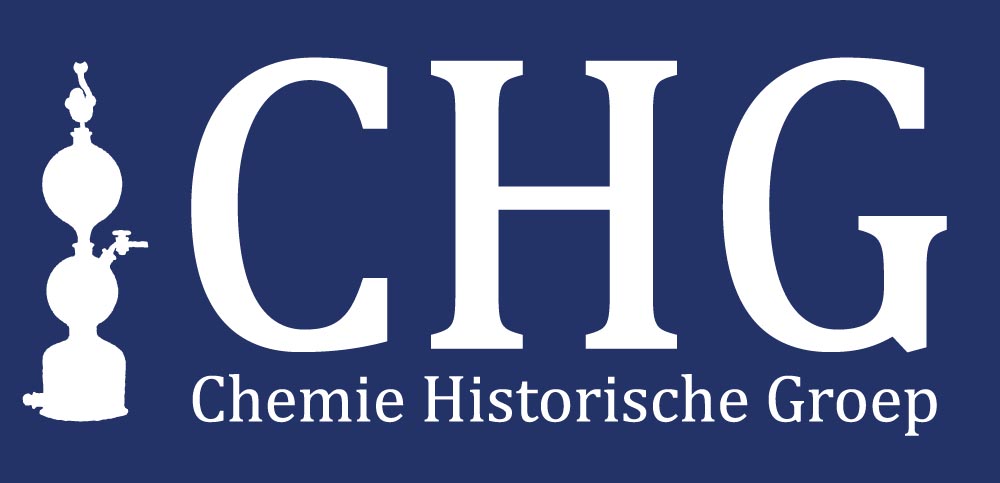Commemorating Debye’s 1912 paper on specific heat
Jurrie Reiding
In 1963 Peter Debye, then already 79 years old, had been invited to attend the International Conference on Lattice Dynamics, held at the university of Copenhagen on August 5-9. This conference missed by only one year the fiftieth anniversary of the publication in 1912 of ‘those papers by Born and von Kármán and by Debye which are acknowledged to provide the starting point for the modern study of lattice dynamics’, as the foreword to the proceedings of the conference stated. Debye gave in Copenhagen a historical introduction to the subject: The Early Days of Lattice Dynamics.
In 1967 Armin Hermann published the eighth physics volume of the Documents of Science Einstein—Debye—Born—Kármán: Die Quantentheorie der spezifischen Wärme. Hermann included, besides his introduction and reprints from the papers from Debye and Born/Kármán, also Einstein’s 1907 paper, which resolved, by use of Planck’s quantum hypothesis, one of the main problems of classical physics of the 19th century: the diminishing specific heats of solids by lowering temperature. Einstein’s message was twofold: he almost definitively settled the on-going dispute concerning the quantum hypothesis in favour of Planck, and, second, henceforward it should be impossible to develop lattice dynamics and solid state physics negating the quantum.
With this we have emphasized Debye’s role as a forerunner in solid state physics and also as an early adherent of quantum mechanics. This paper aims at presenting the first stage of lattice dynamics, stressing the history of Debye’s effort, and the contents of his 1912 paper with the still highly commended ‘Debye Temperature’ and ‘T3-law’.
After 1912 Debye abandoned the specific heat problem, but not solid state physics. In 1914, very soon after the discovery of X-ray diffraction, he published a famous paper containing the computation of a factor which expresses the intensity decrease of the individual diffraction spots as a function of temperature, wavelength and diffraction angle.

